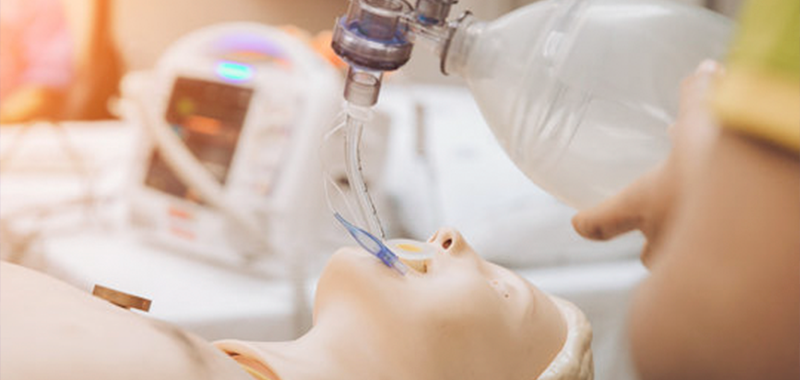
In one of the last SAFETY news, Dr Katarina Grujic from LMU wrote, “Whenever we teach medical education, we should be aware of a clear intention.” I can’t agree more.
In situ trainings are on the rise, especially with the purpose of training emergencies. But what is “in situ”, and when does it make sense to execute a sim training “in situ”?
In the “Healthcare simulation dictionary – 2nd edition” published by the Society of Simulation in Healthcare (SSH), “In situ training” is defined as “taking place in the actual patient care setting/environment to achieve a high level of fidelity and realism. This training is particularly suitable for difficult work environments due to space constraints or noise. For example, an ambulance, a small aircraft, a dentist´s chair, a cath lab (Kyle & Murray, 2008). This training is valuable to assess, troubleshoot, or develop new system processes.”
According to literature (Patterson MD, Blike GT, Nadkarni VM. In Situ Simulation: Challenges and Results. In: Henriksen K, Battles JB, Keyes MA, et al., editors. Advances in Patient Safety: New Directions and Alternative Approaches (Vol. 3: Performance and Tools). Rockville (MD): Agency for Healthcare Research and Quality (US); 2008 Aug. Available from: https://www.ncbi.nlm.nih.gov/books/NBK43682/) and also from experiences from simulation centres, the number of in situ trainings performed is rising rapidly to improve professional skills, team functioning and clinical care.
Typically, when looking at simulation centres performing this kind of training methodology, it is a team-based training technique conducted on a “real-world patient care unit” using equipment and resources from the training is executed.
Typical examples for training locations are places where emergencies regularly occur (e.g. emergency Room, Operating Room, Intensive Care Unit, Obstetrical or Pediatric wards, ambulance service, or special forces units), but not limited to these areas. Sometimes in-situ simulation is also used on regular wards, focusing on process improvements (optimizing patient transport or implementing patient safety checklists).
In situ simulation is used for medical education, assessment, quality improvement purposes and patient safety initiatives. Sim Centers think (supported by literature) some of the goals can be better achieved with in situ training because the experience made by participants and findings of the training is closer to reality than an activity performed in the sim centre.
In situ simulation is more and more used to perform so-called “System checks”. Examples could be “is the newly built ward ready for patients?” or “how efficient/safe is the door to needle time in a stroke patient?”.
Two phrases that are commonly used when talking about in situ simulation:
- “Train together who works together”: Participants are typically coming from the ward the training is executed at, working on these wards regularly and treating patients together. As we are aware of sports or other industries, having highly trained specialists in the team is sometimes not enough. Factors like communication, teamwork, leadership or having common goals play an important role. So, training together and creating high-performance teams makes sense.
- “Train where you work”, train people where they work and treat their patients. This makes especially sense to find out organizational or structural deficits, problems with processes such as
- where to find a defibrillator or another emergency equipment
- preparing specific medication (i.e., in paediatrics)
- knowing functionalities of monitoring systems#
- …
Sometimes the equipment, medication, or even the emergency telephone number is different in the sim centre, so these factors impact learning
No doubt about it, it is still essential that debriefings are performed on a very high level for optimal learning outcomes.
In situ trainings, in general, are usually more complicated for the sim team to execute. There is more work effort needed, and there are special needs equipment-wise (simulator, AV-systems).
Although the points mentioned above are a challenge for our simulation teams out there, the good thing is they all can see that these trainings are highly practical, typically well-liked, and this pays off!
That it pays off is more and more supported by the literature. Data supporting our “feelings” and ranging from participants are gaining increased confidence in what they are doing to improvement in patient outcomes (unfortunately limited data so far available, Goldshtein D, Krensky C, Doshi S, et al., In situ simulation and its effects on patient outcomes: a systematic review. BMJ Simulation and Technology Enhanced Learning 2020; 6:3-9).
Written by Lukas Drabauer from Alpha Medical Concepts (AMC)



